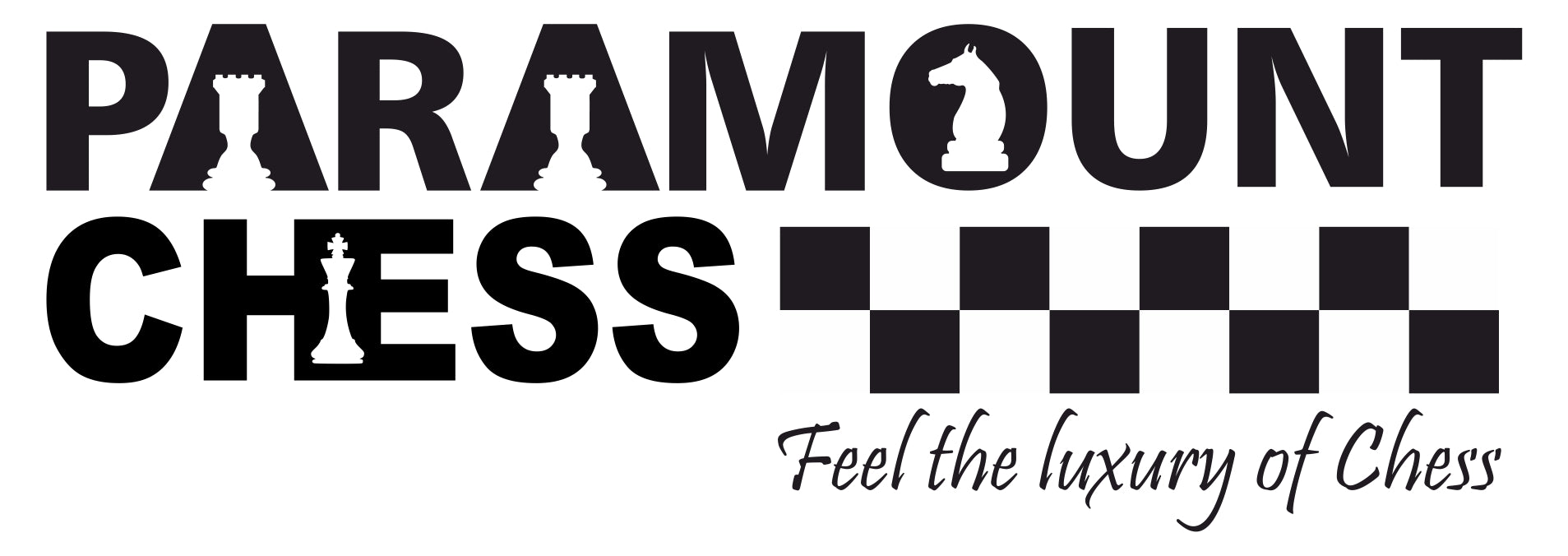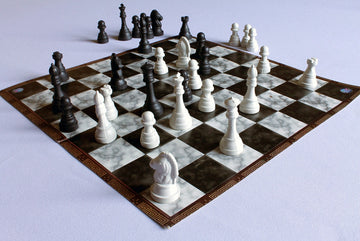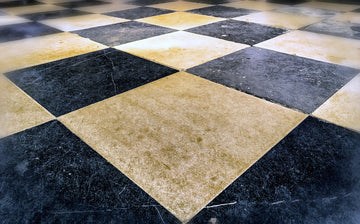
The French Defence is a defensive reply to the very common e4 from White. Instead of playing e5, the french defence involves playing e6. This retains the pawn structure for black and adds more protection. The name comes from an 1834 correspondence game between the cities of London and Paris where the french defence was played. Aron Nimzowitsch, Mikhail Botvinnik and Viktor Korchnoi are known to be famous practitioners of the French Defence. The Encyclopedia of Chess Openings (ECO) classifies this opening under the categories from C00 to C19.

The French Defence is a very solid opening that is great for counter-attacks. For this reason, it is popular among all kinds of players all over the spectrum. It is used by amateurs in chess clubs as well as grandmasters of the game. Across all chess game websites, it boasts superb win percentages. It is a fairly flexible opening that leads to a variety of attacks. It promotes versatility of a chess player by exposing them to a wide range of attacks and counter-attacks. Let us examine the advantages and disadvantages of this opening in greater detail.
Pros and Cons
Some of the advantages of this opening are:
- It leads to a very sound pawn structure. This makes it ideal for players that prefer a defensive style of play
- To follow on the above point, it creates wonderful opportunities to launch a counter-attack
- This is a conventional opening that leads to familiar positions for seasoned players
Some of the disadvantages of this opening are:
- Black choosing to play e6 instead of e5 will lead to a lack of space for black for the development of its pieces
- To keep the pawn structure intact, black will not be able to utilise its light-squared bishop early on in the game
- As with all defensive openings, there is a loss of momentum and pace in the game

There is just one move in this opening. That is:
- e4 e6
This move is often followed on by white playing d4 and black replying by d5. Doing so automatically creates an inequality among the pawns in the center of the board. This is a great way for black to destabilize the center of the board. In the French Defence, the battle between black and white is mainly for control of the center of the board. White is constantly battering the center, while black is looking for ways to counter-attack through the flanks.
.
Now is a good time to review the all important chess notations to have a better understanding of the variations below. Check out our article on chess notations here:
.
Let us now learn about some of the variations of the French Defence
.
Exchange Variation
The Exchange variation involves White initiating an exchange on the d5 square by capturing the d5 pawn. This offsets the imbalanced pawn structure that black desires. At this stage, black has two possibilities. It can offer the pawn on c7 as gambit or capture the white pawn on d5. If it chooses to recapture, this frees the black light squared bishop.

The moves involved in the exchange variation are:
- e4 e6
- d4 d5
- exd5
The exchange variation leads to absolute equality on the board with an immediate need for both players to castle. This is because both the kings are left undefended. Garry Kasparov was an avid player of the exchange variation.
Advanced Variation
In the Advanced variation, white is looking to close the center of the board. It advances the d5 pawn forward. White tries to acquire as much space as it can for the development of its major pieces.

The moves involved in the exchange variation are:
- e4 e6
- d4 d5
- e5
White can build on this pawn structure by playing Nf3. This will help get major pieces out of the way for development. This will help White castle early on in the game.
Tarrasch Variation
The Tarrasch Variation is named after the German grandmaster Siegbert Tarrasch. This variation focuses on white fortifying the center of the board. To do this, white makes use of its knight by moving it to Nd2. This is a very good move as compared to Nc3. This is because blacks dark squared bishop is free to move and can pin the knight if it is on Nc3. The Tarrasch variation gained popularity in the 1980s when Anatoly Karapov used it effectively.

The moves involved in the Tarrasch variation are:
- e4 e6
- d4 d5
- Nd2
There are multiple variations and sub-variations that can emerge out of the ones mentioned above. Alternatively, a similar list of variations are available from blacks perspective.
Further Reading 1: https://www.thechesswebsite.com/french-defense/ Further Reading 2: https://en.chessbase.com/post/a-classical-guide-to-the-french-defense




